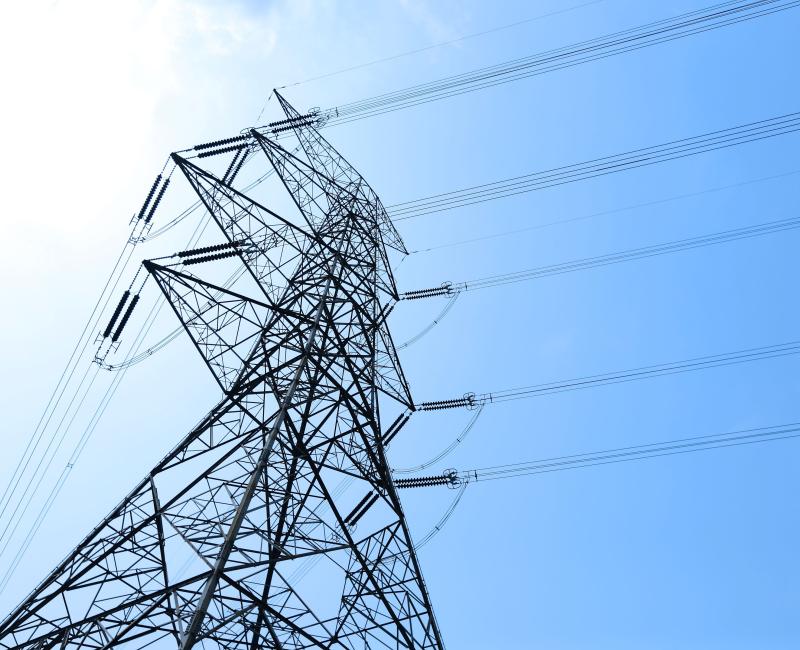Regulators request more time to decide on a new method for calculating electricity reserves

Regulators request more time to decide on a new method for calculating electricity reserves
What is it about?
On 22 May 2024, the National Regulatory Authorities (NRAs) of the Continental Europe Synchronous Area (CE) requested from ACER a six-months extension to decide on the Transmission System Operators’ (TSOs') proposal to introduce a probabilistic dimensioning approach of Frequency Containment Reserves (FCRs). This new approach aims to improve how FCRs are calculated to stabilise the power grid’s frequency during supply and demand imbalances.
The countries of the Continental Europe Synchronous Area are Austria, Belgium, Bulgaria, Croatia, Czechia, Denmark, France, Germany, Greece, Hungary, Italy, Luxembourg, the Netherlands, Poland, Portugal, Romania, Slovakia, Slovenia and Spain.
What does Frequency Containment Reserve (FCR) mean?
Under the EU Network Code on System Operation, FCRs (also known as primary control reserves) are active power reserves used as a first response to stabilise the power grid’s frequency after an imbalance between supply and demand.
In the event of a frequency deviation (e.g. following a planned or unplanned power plant outage), their power output can be quickly adjusted to restore grid stability.
Why consider probabilistic dimensioning for FCR?
Historically, TSOs in this region have used a ‘deterministic’ criterion for FCR dimensioning, ensuring that the FCR can handle frequency deviations resulting from the worst-case system outages, typically set at 3000 MW.
In November 2023, TSOs proposed a ‘probabilistic’ dimensioning for FCRs, which considers load and generation patterns, as well as inertia factors (such as synthetic and real-time minimum inertia). This approach aims to enhance the power system’s resilience by reducing the probability of insufficient FCR capacity to once every 20 years or less.
What are the next steps?
ACER intends to act promptly on this request, aiming to issue a decision by the end of July 2024.
If ACER decides to grant this extension, 11 January 2025 would be the new deadline for CE NRAs to reach an agreement on the TSOs’ proposal.


